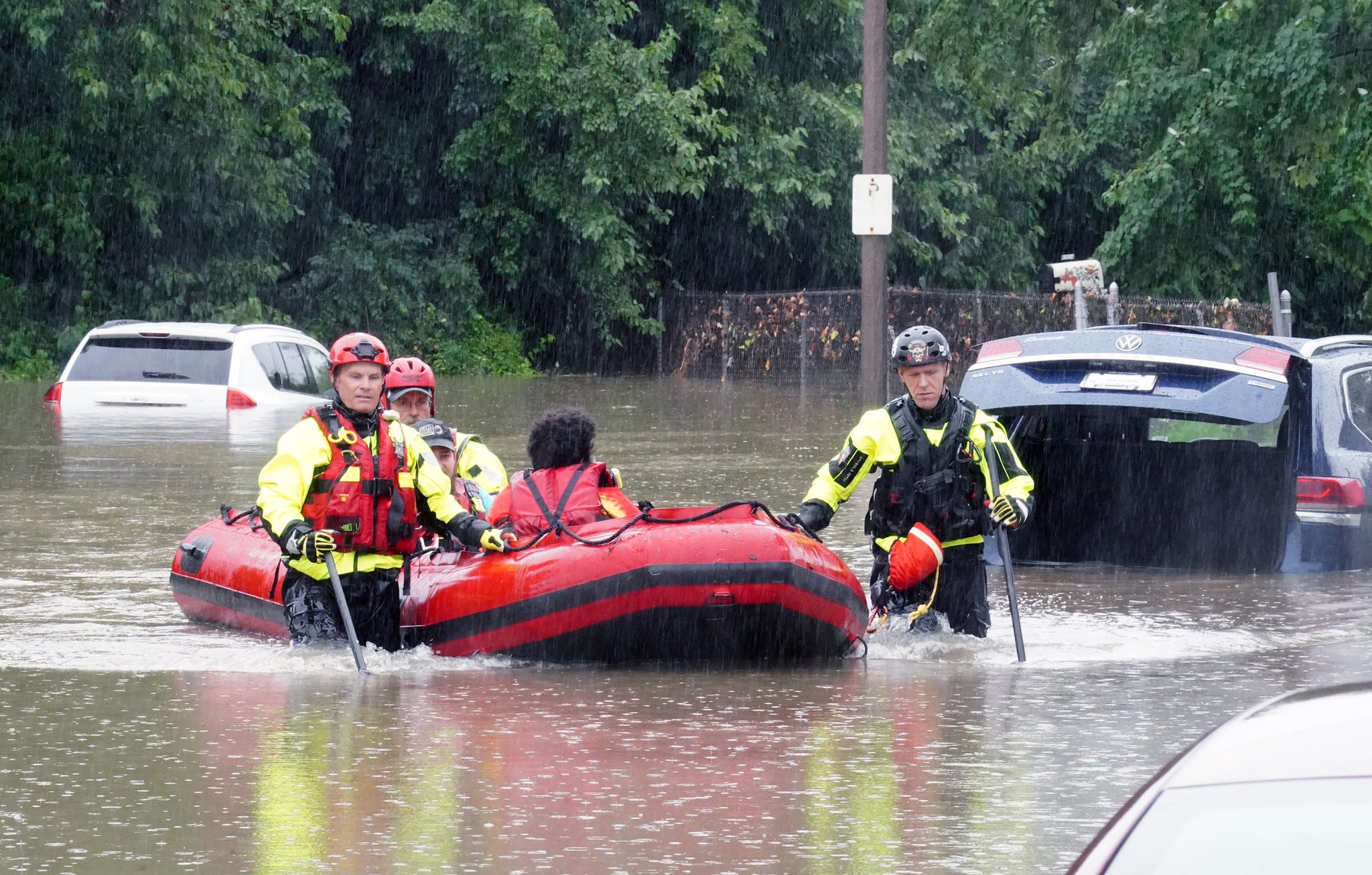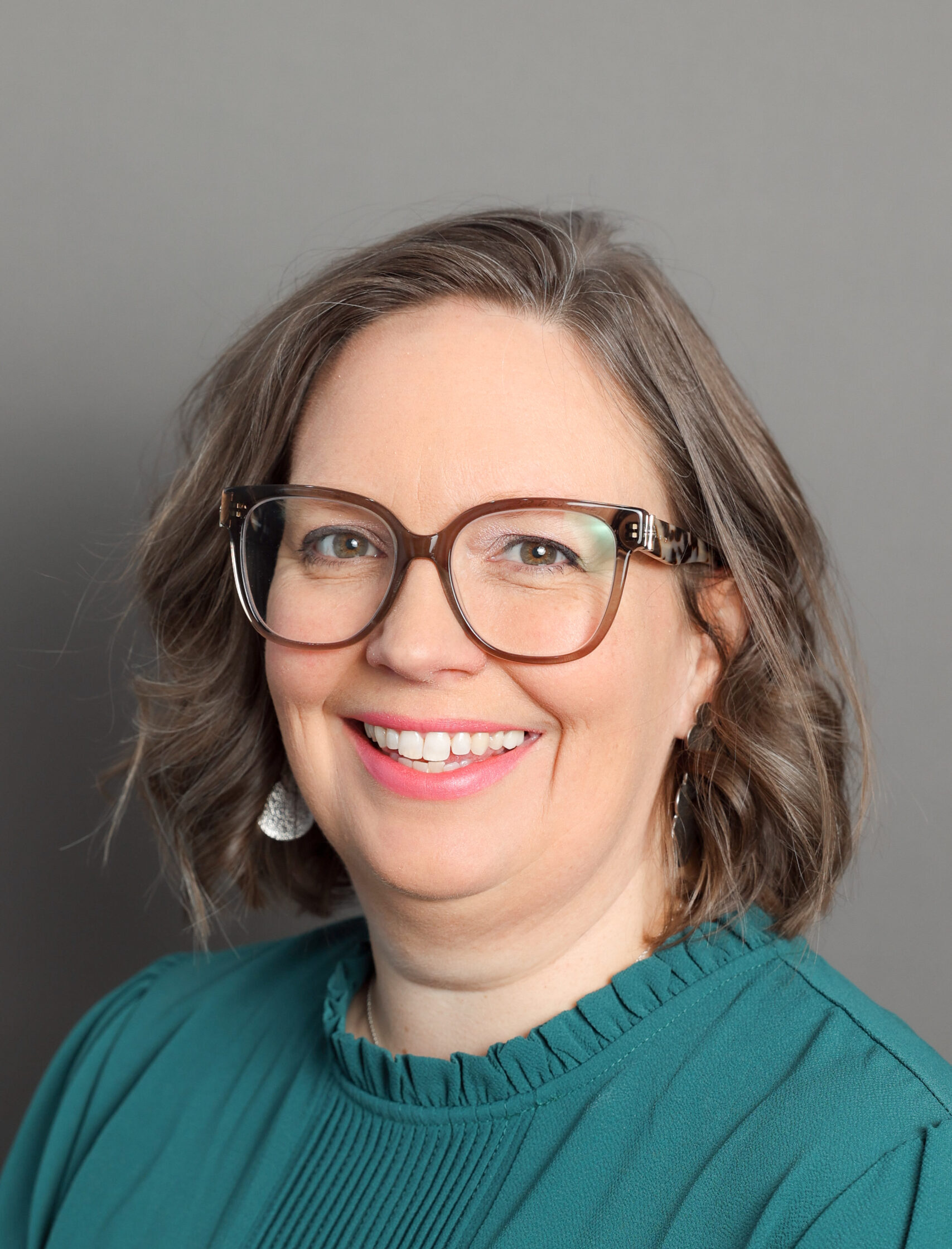Urban flooding: It’s not just too much water

May 22, 2011, the day of the Joplin, Missouri tornado is etched in the memory of millions. The tornado killed 158 people, destroyed 8,000 buildings, affected 17,000 residents and caused an estimated $3.18 billion (adjusted for inflation in 2019) in damages. To date, the Joplin disaster is the costliest in Missouri’s history.
St. Louis
Disasters occur frequently in Missouri. On July 26, 2022, the St. Louis area experienced a historic weather event, described by the National Weather Service as “the most prolific’ rainfall the area had seen since record-keeping began in 1874.”
FEMA has distributed just more than $51 million for individual needs assistance and $21 million for public infrastructure, making this one of the most costly, yet low-attention, disasters in Missouri history.
Unfortunately, the 2022 flooding was not an abnormal event for the St. Louis area, where flooding also occurred in 2008, 2011, 2013, 2014, 2015, 2019 and 2020. And it’s not just St. Louis. Urban areas across the country are facing aging infrastructure and additional hazards due to increased extreme weather events. Over the past year, at CDP, we have received calls requesting assistance and information for flooding in St. Louis, Chicago, Detroit, Kansas City, Cleveland and the list goes on.
Chicago
According to the First Street Foundation’s National Flood Risk Assessment, Chicago has the second greatest number of properties at risk of flooding in the U.S. (26%, just behind Houston, Texas). The storm that hit the city in July 2023 was one of the costliest in Chicago’s history. In the wake of the storm, FEMA inspected more than 63,000 homes and distributed $375 million in aid. West Side Chicago was hit hardest. In Illinois, along with most other areas of the country, communities of color and the poorest neighborhoods face the greatest risk of flooding.
The 2023 flooding was just the most recent. The National Academies of Sciences released a report in 2019 detailing $1.8 billion dollars in flood losses from 2004 to 2014. The report highlighted that only coastal Louisiana, Texas and New York received more federal flood aid than the Chicago area during the decade.
Detroit
Another example of urban flooding is Detroit, Michigan. My first visit to the Detroit area was following a flood in 2016. I met with community members who were struggling to access the resources they needed for mold remediation. Detroit also experienced widespread residential flooding in 2014, 2016, 2019, 2020, 2021 and 2023.
In three of these disasters (2014, 2021 and 2023), individual assistance was made available and $598,598,005 was distributed to households in four counties in the Detroit metro area. Households received an average of $2,800. FEMA estimates that 1 inch of water can cause $25,000 worth of damage, leaving a wide gap for those uninsured and underinsured households. Many community-based groups and nonprofits have stepped up to coordinate resources and advocate for these households but access to resources remains extremely challenging.
Inequities in disasters
For lower-income households, the disaster often exacerbates or increases the disparities, and research tells us that federal disaster assistance doesn’t make up for the inequities.
The racial wealth gap widens after a disaster. Research found that the more natural hazard damages accrue in a county, the more wealth white residents tend to accumulate. Meanwhile, Black residents tend to lose wealth as local hazard damages increase.
Long-term recovery
In general, in the U.S., we have systems in place to provide quick relief to homeowners but long-term recovery is challenging and costly. In Detroit, Chicago, St. Louis and other urban neighborhoods across the county, there are renters and homeowners who have not received long-term help and there are community-based organizations and organizers working diligently to work on the ongoing, immediate needs. Homeowners and renters remain, sometimes for years, in houses with flood-related mold, impacting air quality and, ultimately, health.
What funders can do
What are we hearing from communities affected by flooding?
- Community-led coalitions and organizations are working to access resources, coordinate responses, and meet immediate health and safety needs.
- Advocacy for infrastructure upgrades, systems changes and access to resources is occurring; but investment is needed to support and sustain these efforts.
- It’s not just too much water. Not only does the water damage homes, bring pollution and sewage in homes and neighborhoods; it also leaves behind unhealthy living situations, unstable economic conditions and broken dreams.
- Repeated, urban flooding is a complex, multi-dimensional challenge and needs to be addressed at multiple levels, with long-term focus.
Urban flooding events are often chronic, low-attention disasters in disinvested spaces, primarily low-income communities of color. CDP has made several grants from the Midwest Early Recovery Fund and the Disaster Recovery Fund to support needs in these communities; we know that others are doing the same, but more is needed. If you are interested in learning how to join us in further supporting these neighborhoods as they recover, please reach out.
